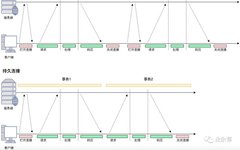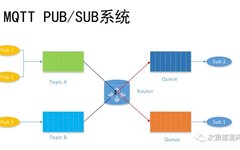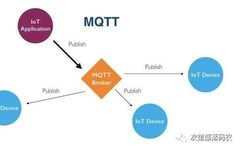HTTP Persistent Connections and HttpClient Connection Pool
Background The HTTP protocol is a stateless protocol, meaning each request is independent of others. Therefore, its initial implementation was to open a TCP socket connection for each HTTP request, which would be closed after the interaction was complete. HTTP is a full-duplex protocol, so establishing and closing connections requires three-way handshakes and four-way handshakes. … Read more









